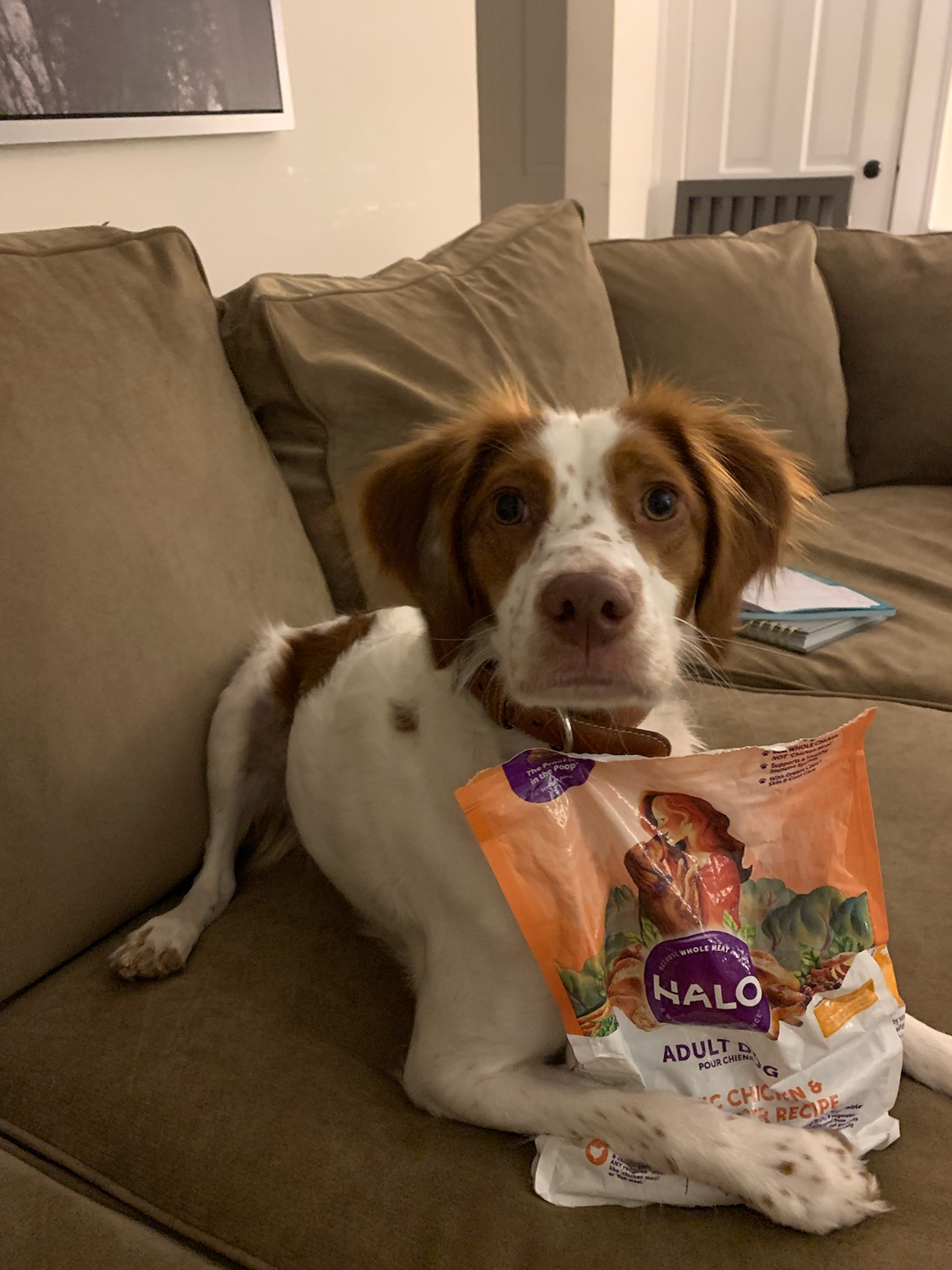For everyone out there sharing their Valentine’s day with a special furry someone, this blog is for you!
If you’re anything like me, your human significant other is probably painfully aware that your furry companions have a very special place in your heart, probably the majority of it, let’s be honest! If so, you want to keep Fluffy and Fido in mind with Valentine’s day coming up around the corner. There are some common but less than pet-safe traditions practiced on this day.
If you haven’t seen it already, pop on over to our December post to read about the very real risk that chocolate can pose to your pet. If you’re hoping for a box of decadent chocolates from your loved one, please keep them out of reach of curious canines. Cats don’t have a sweet tooth, making chocolate toxicity far less common, but just to be safe make sure your chocolates are hidden away well – besides, did you really want to share them? In that December post there was also a mention of some toxic traditional festive plants, but that bears mentioning again this month too. Did you know how toxic lilies are to cats? Even drinking the water lilies have been sitting in, or catching some pollen in their fur, can bode poorly for our kitty friends. Make sure your friends and family know to keep lilies out of the bouquet if you share your home with cats. We also recommend those romantic roses be de-thorned before going out on display to prevent accidental trauma. You can’t be too safe!
Another issue we commonly see in the vet hospitals this time of year is xylitol toxicity from sugar-free candies and sweets. Xylitol is a very commonly used naturally occurring sugar substitute that is highly toxic to dogs. Even a few pieces of gum can be enough to cause severe clinical signs. As with chocolates, please keep your candies well out of reach and always call your vet if you have any concerns that your dog may have ingested something they shouldn’t have.
So with all these hazards around the home, it might seem like going out for the evening might be a safer option! For some dogs, and even a few cats, separation anxiety can rear its ugly head when they are left alone. This can look like “bad” behavior, like barking, chewing, soiling in the house, destructive activities, etc. What this really is though isn’t the pet being “bad”, it’s their expression of their anxiety. The behavior isn’t the problem, so the goal is to help them cope with their underlying anxiety, not punish them for expressing it. Building your pet’s confidence and teaching them some independence can help them to deal with life when their favorite human isn’t around. Making sure your dog has their own safe space to stay in, like a comfy crate or a cozy den, can help them feel more secure. This doesn’t have to be a space they are locked into, but as long as they have a space that is for them and them only, this can help them feel more in control of their world when you aren’t around to help them. I like filling a durable, hollow chew toy with canned food, then freezing it, to make a very long-lasting food puzzle. Depending on your dog’s size, chewing tenacity, and the amount of food used, these can last hours!
Lastly, no matter how tempting it is to surprise a loved one with a furry friend for the occasion, please remember that pets are forever family and not objects to be gifted lightly. Adopting a new family member needs to be a decision made with the whole family in agreement, and one that is well planned and thought out. There are plenty of rescue organizations around North America, like our partner the Humane Society of the USA, full of great resources for prospective pet parents, so check them out to learn more.
Best wishes and tail wags!
Dr. Sarah Dodd

